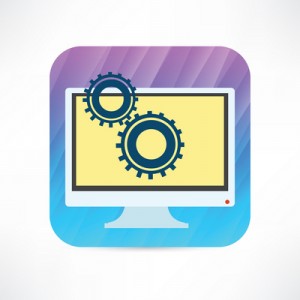
As a network engineer by day, I can say that have seen a lot of hard drive problems and, if they’re not taken care of properly, they can cause a severe technical headache. It is important to notice the signs that are present to you and, fortunately, there’s several to note.
Sluggish performance of your workstation is one of the main issues. This can occur without warning and it can even seem like a virus or cause a blue screen of death (BSOD).
Another sign is your PC or workstation making clicking or grinding noises. This can cause a read failure to occur and cause the drive to be inaccessible, which in turn causes data loss. [Read more…] about What Are The Signs Of A Failing Hard Drive?


 Larger businesses will want to opt for on-site storage with network drives and backup solutions in place. Or they may want to invest in the cloud for a storage. Most medium-to-large scale businesses already have some form of a network server and backup in place, so all that may be needed is additional hard drive space or the creation of folders to house data.
Larger businesses will want to opt for on-site storage with network drives and backup solutions in place. Or they may want to invest in the cloud for a storage. Most medium-to-large scale businesses already have some form of a network server and backup in place, so all that may be needed is additional hard drive space or the creation of folders to house data.


